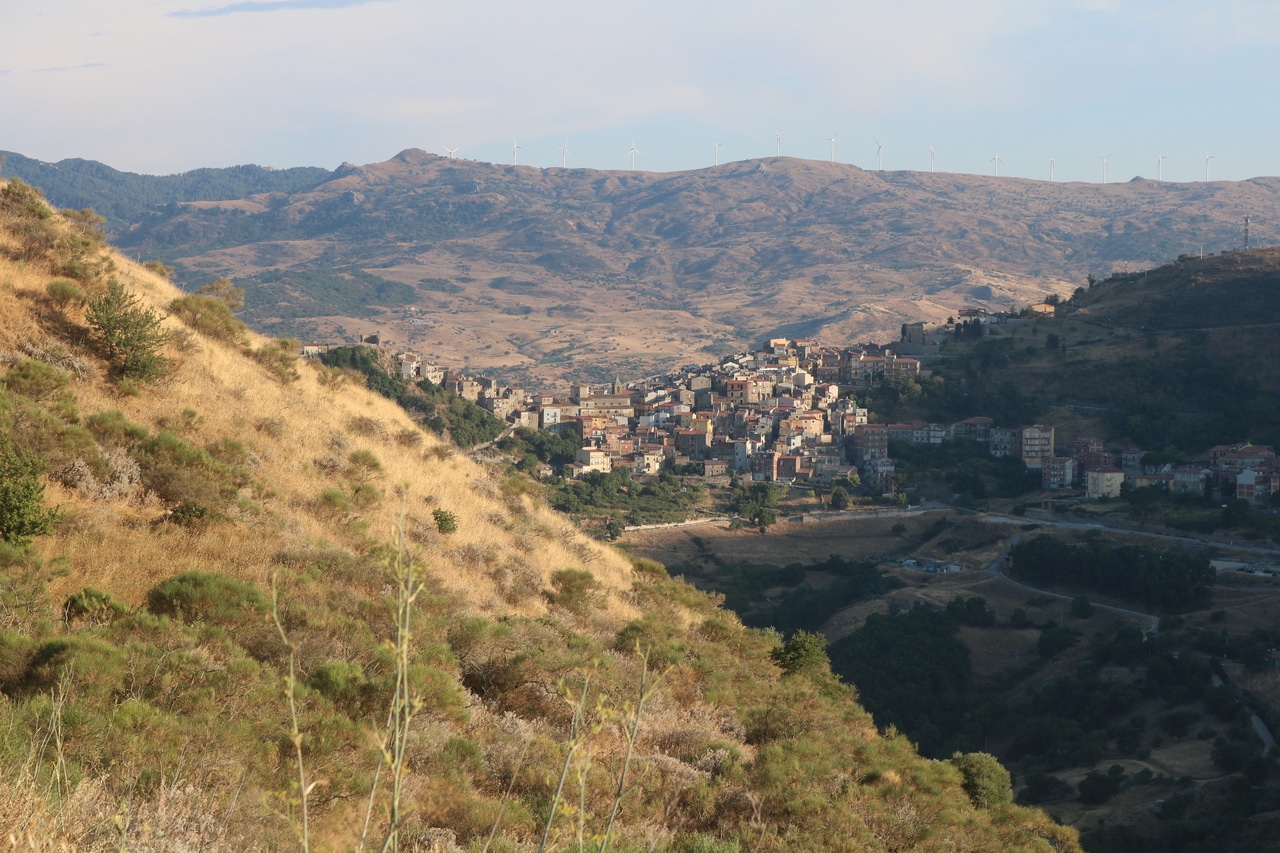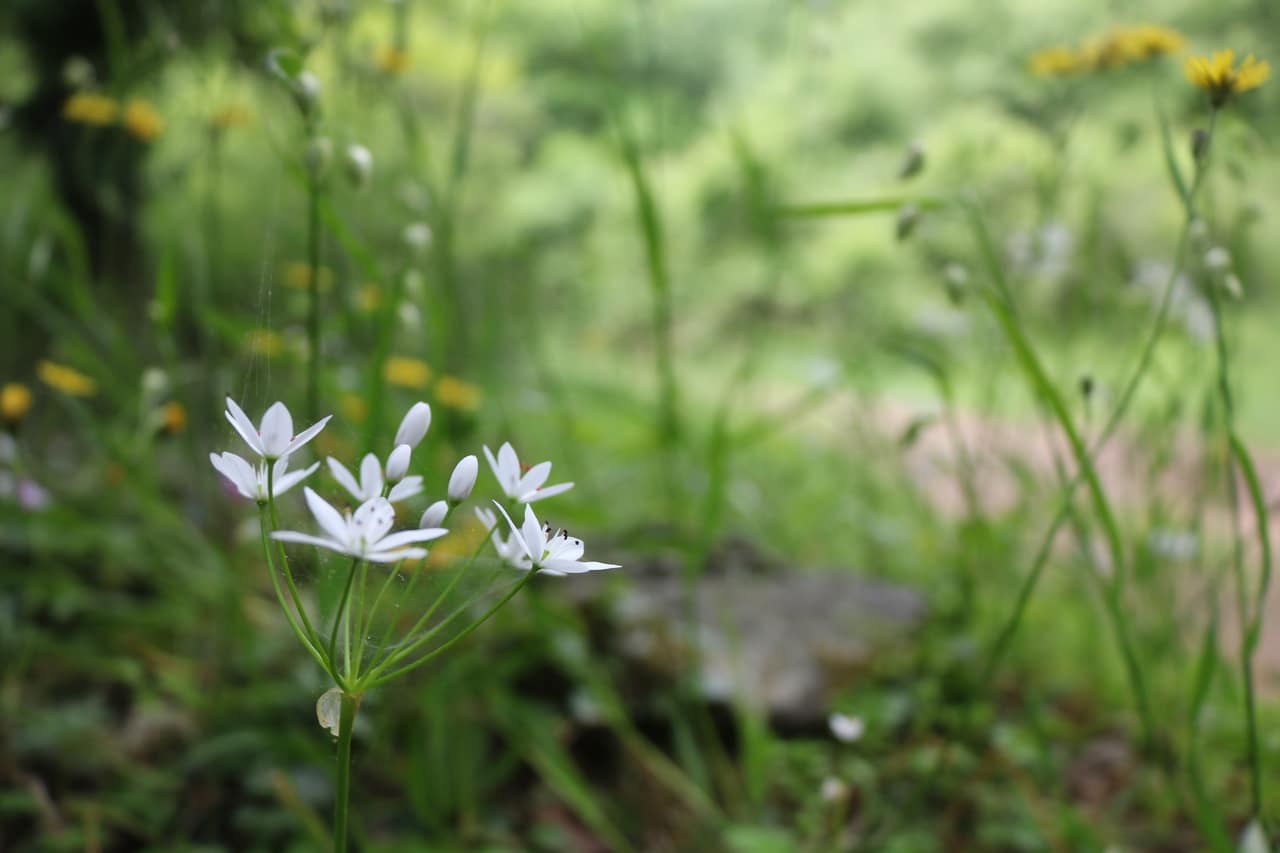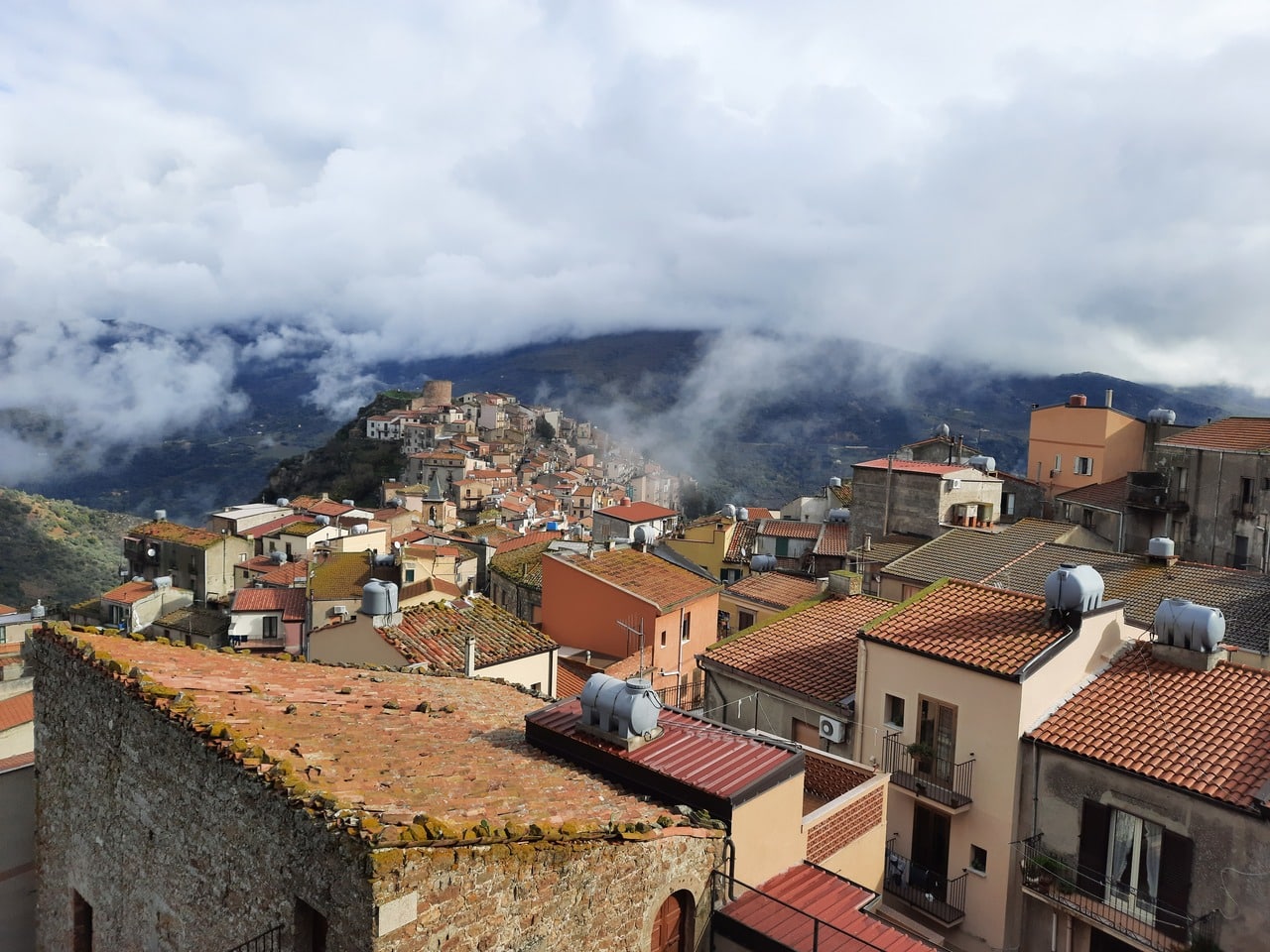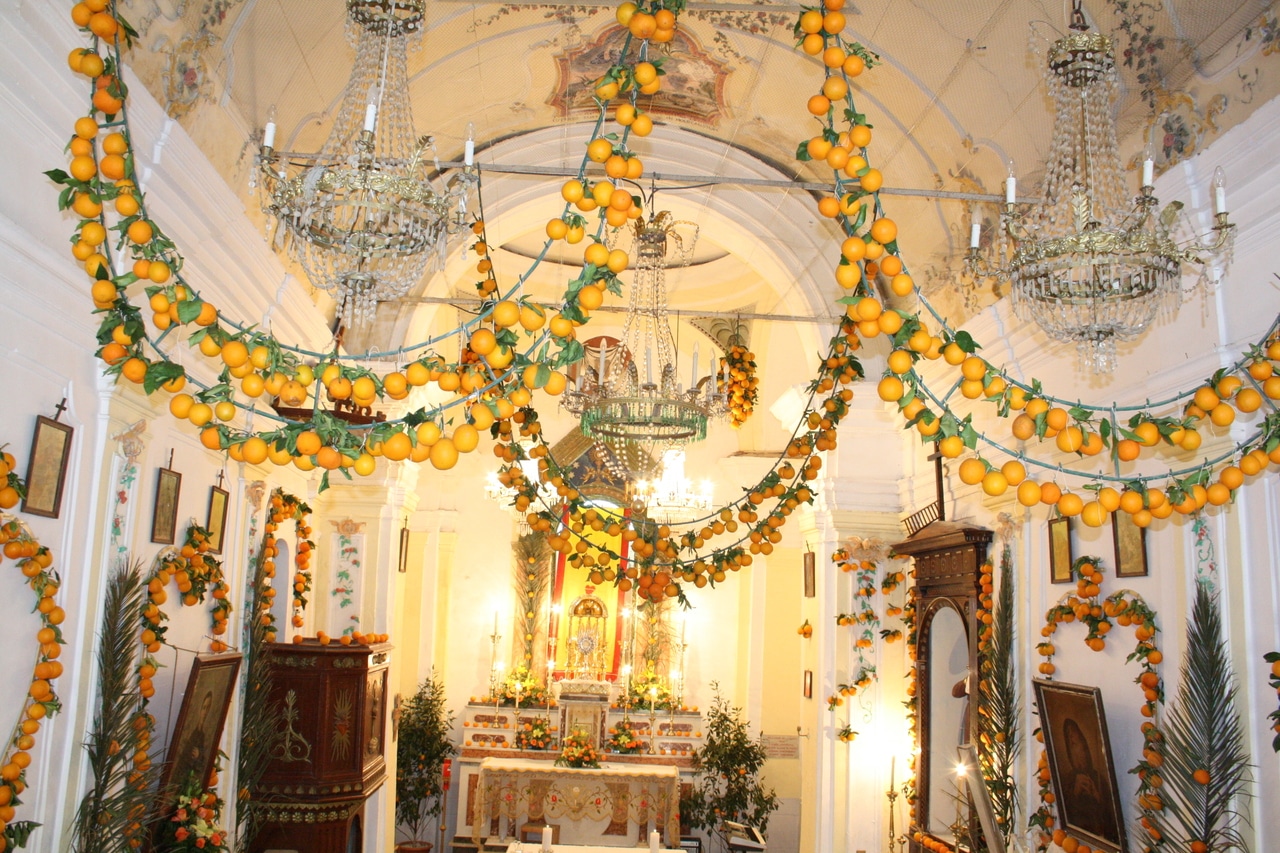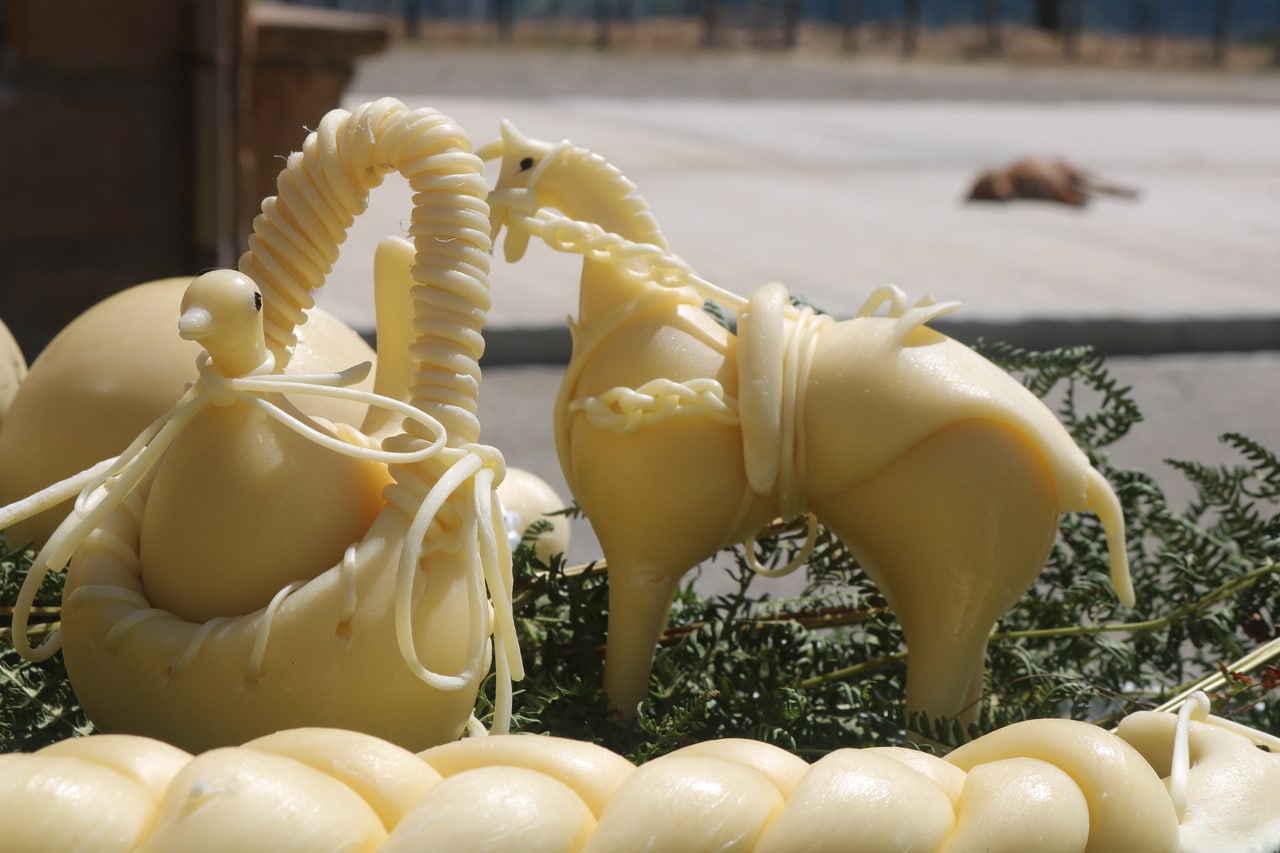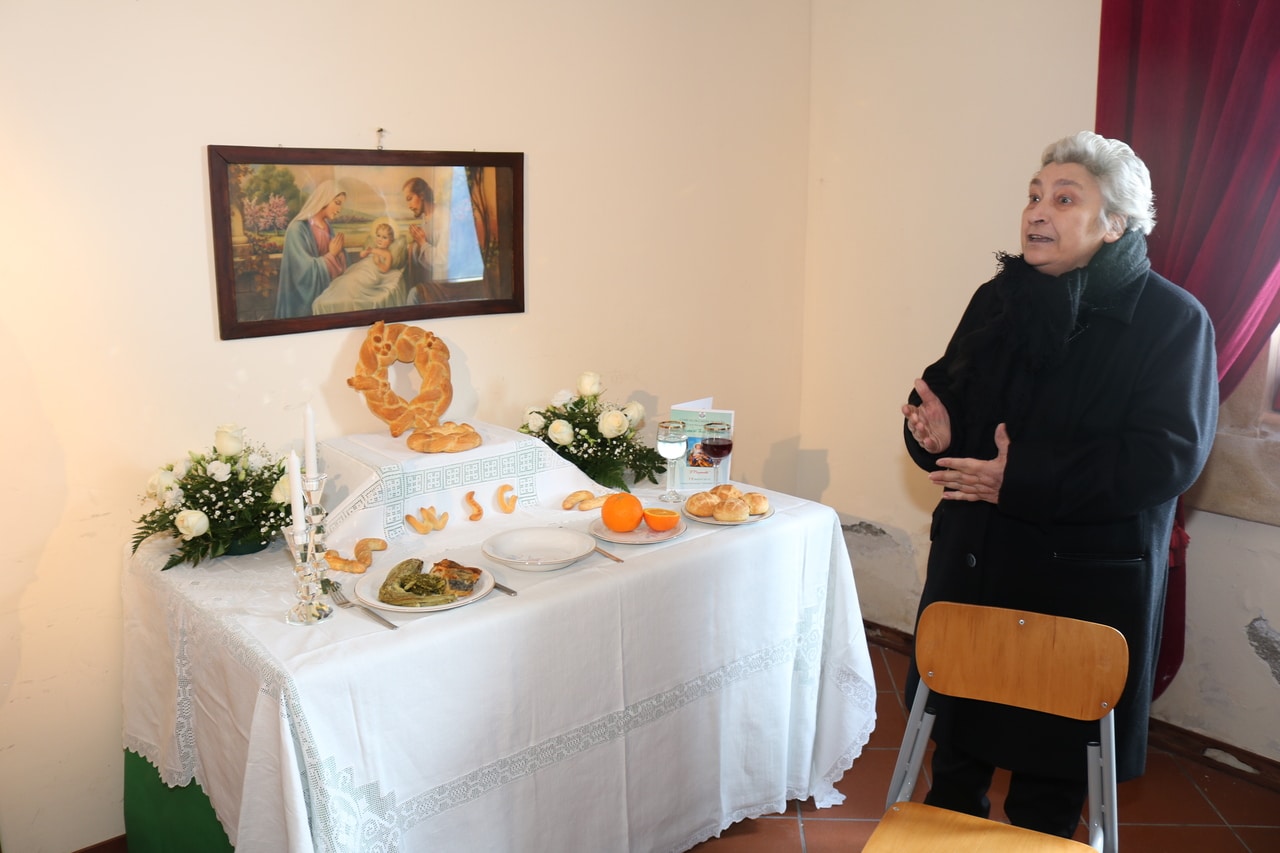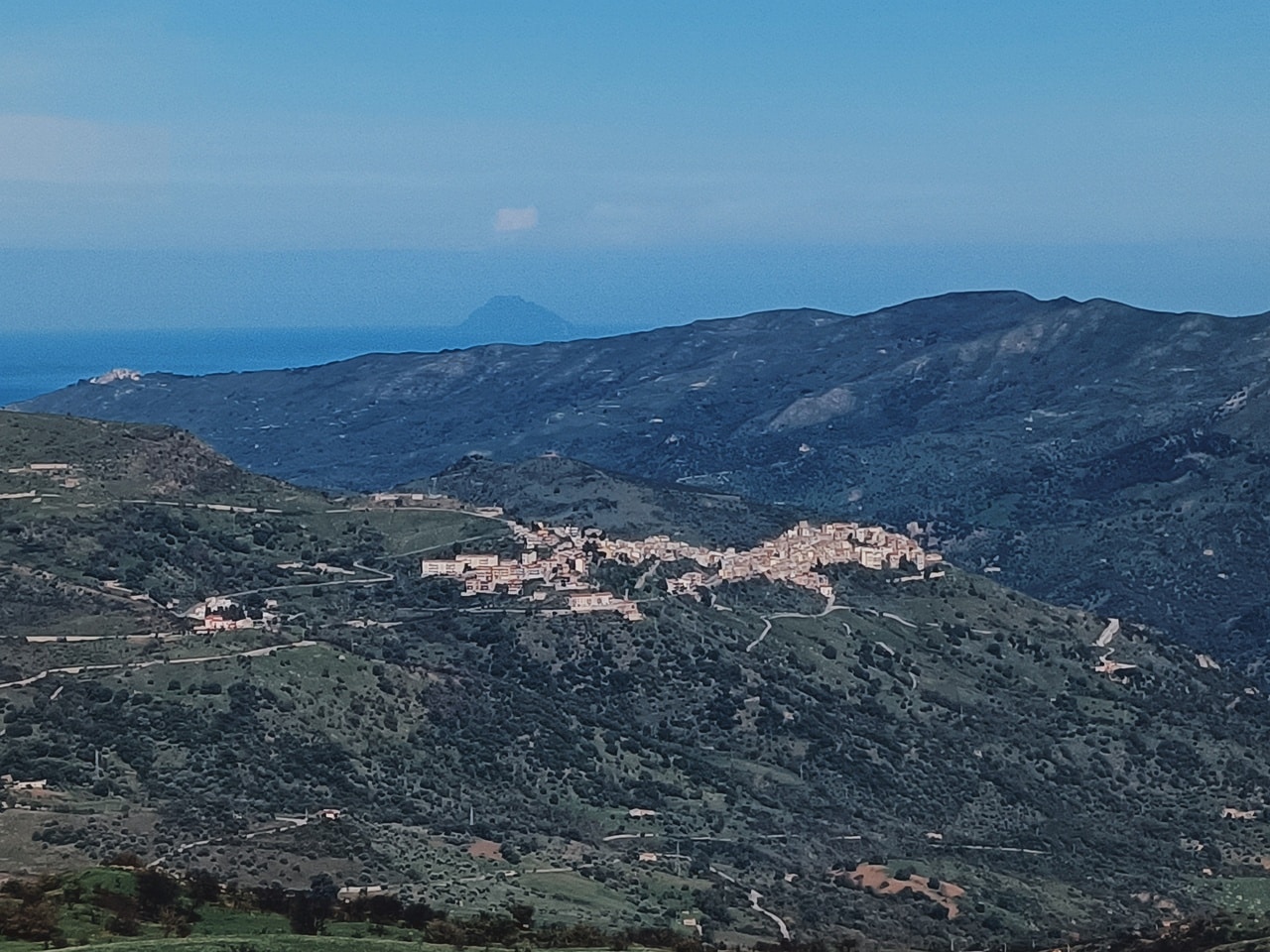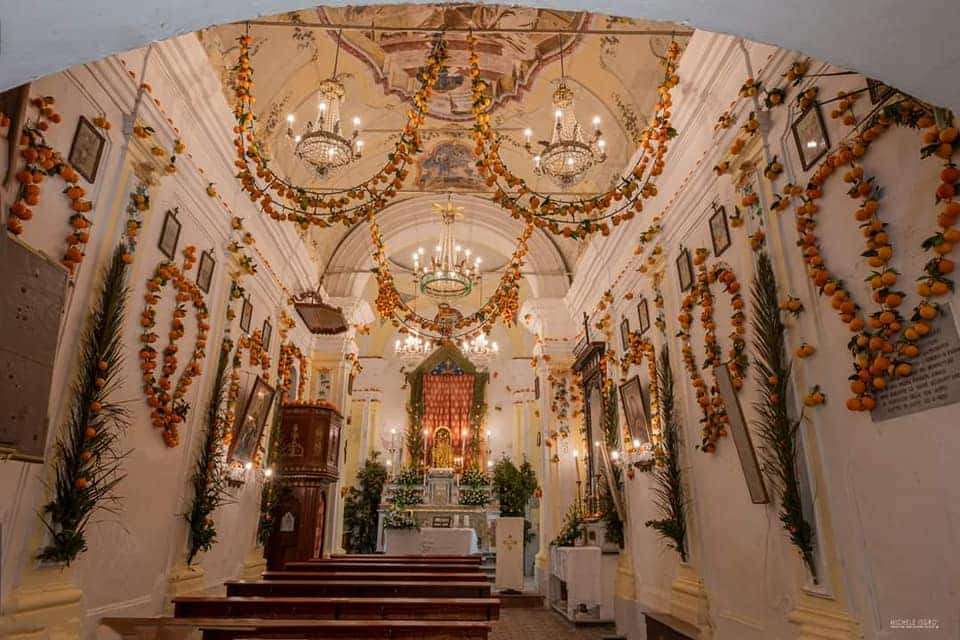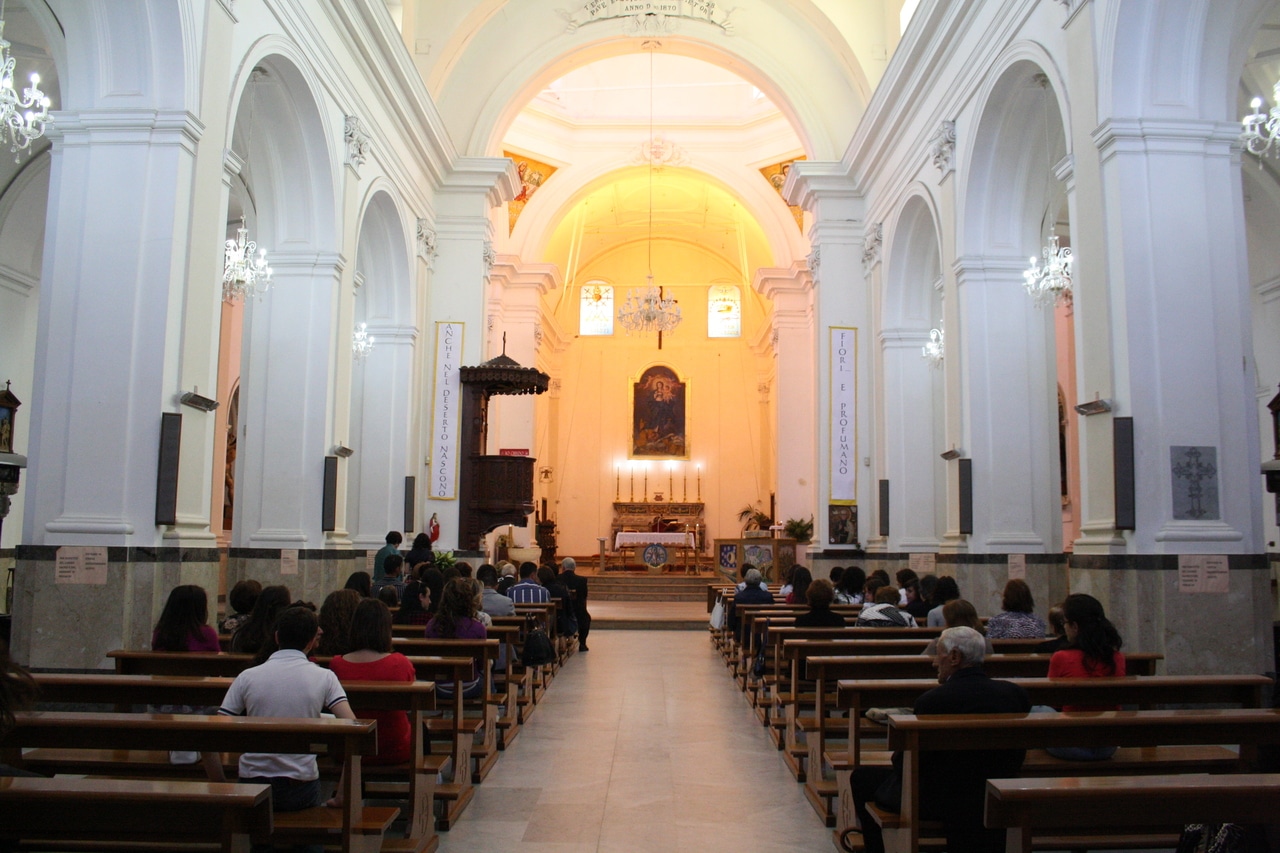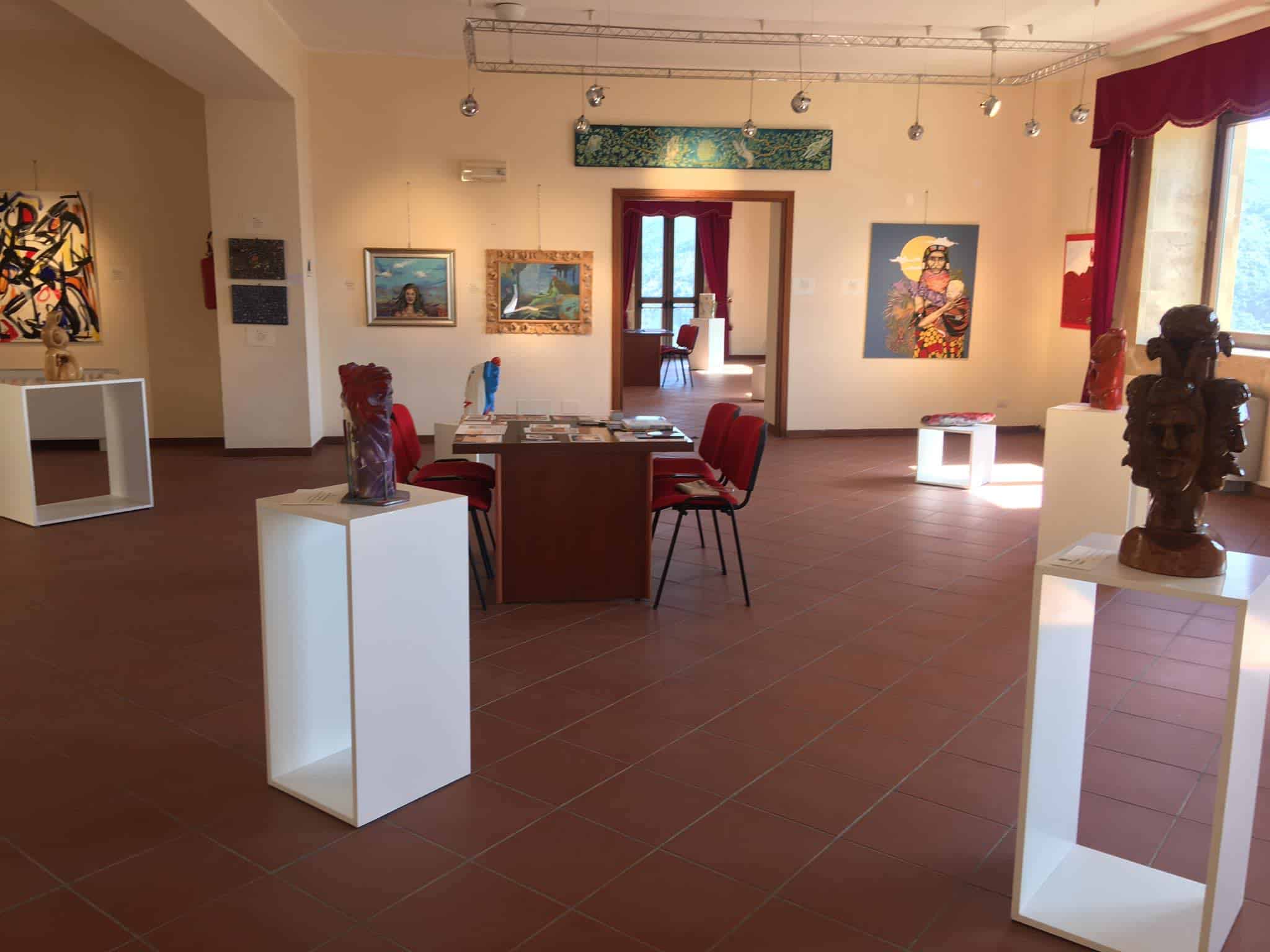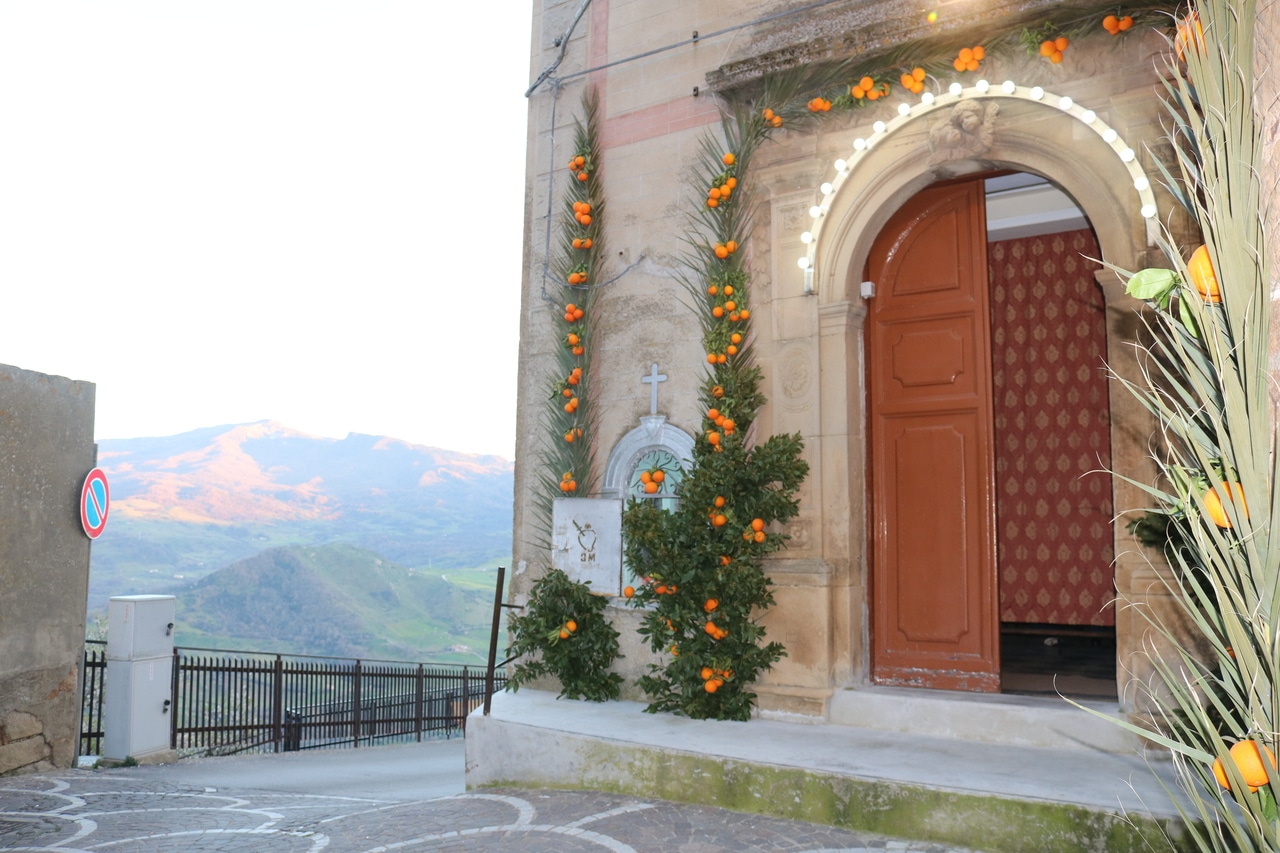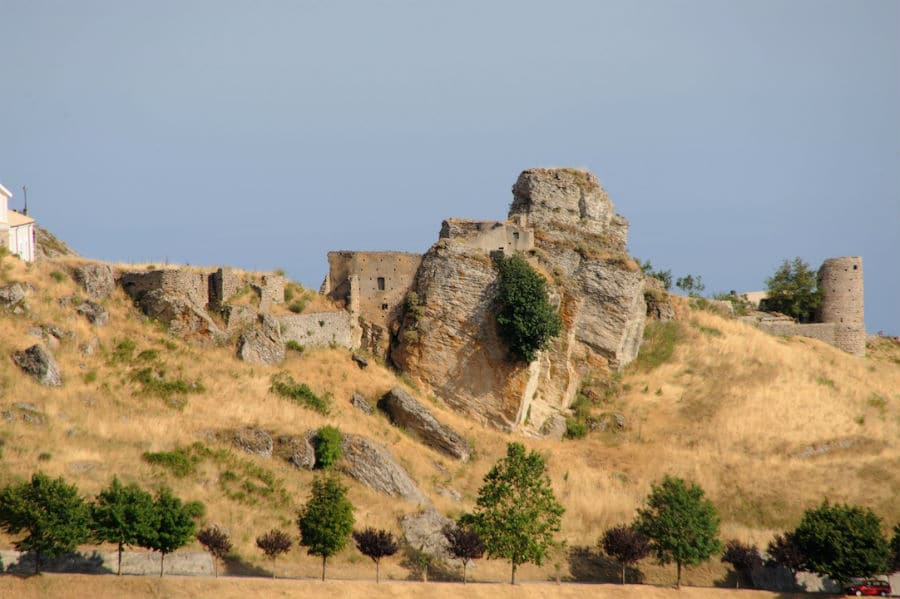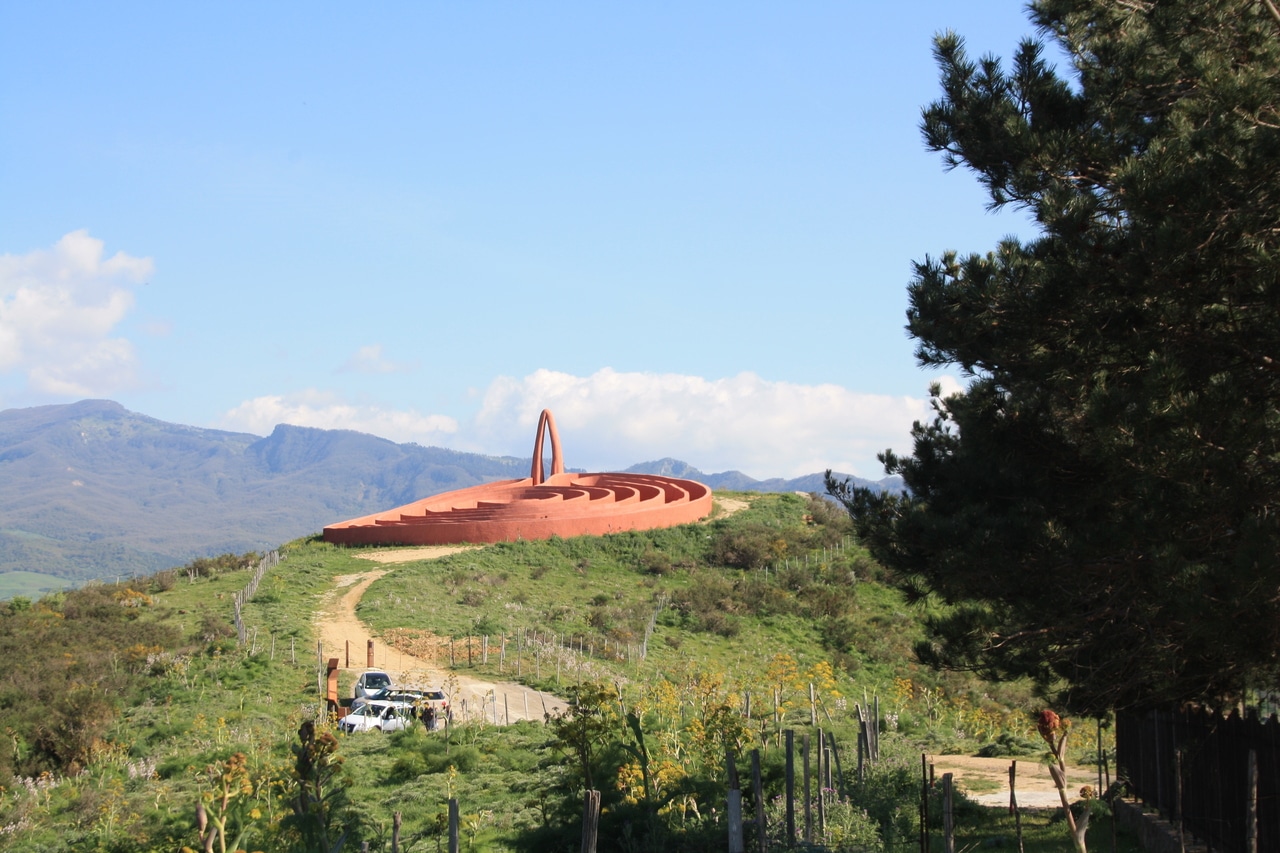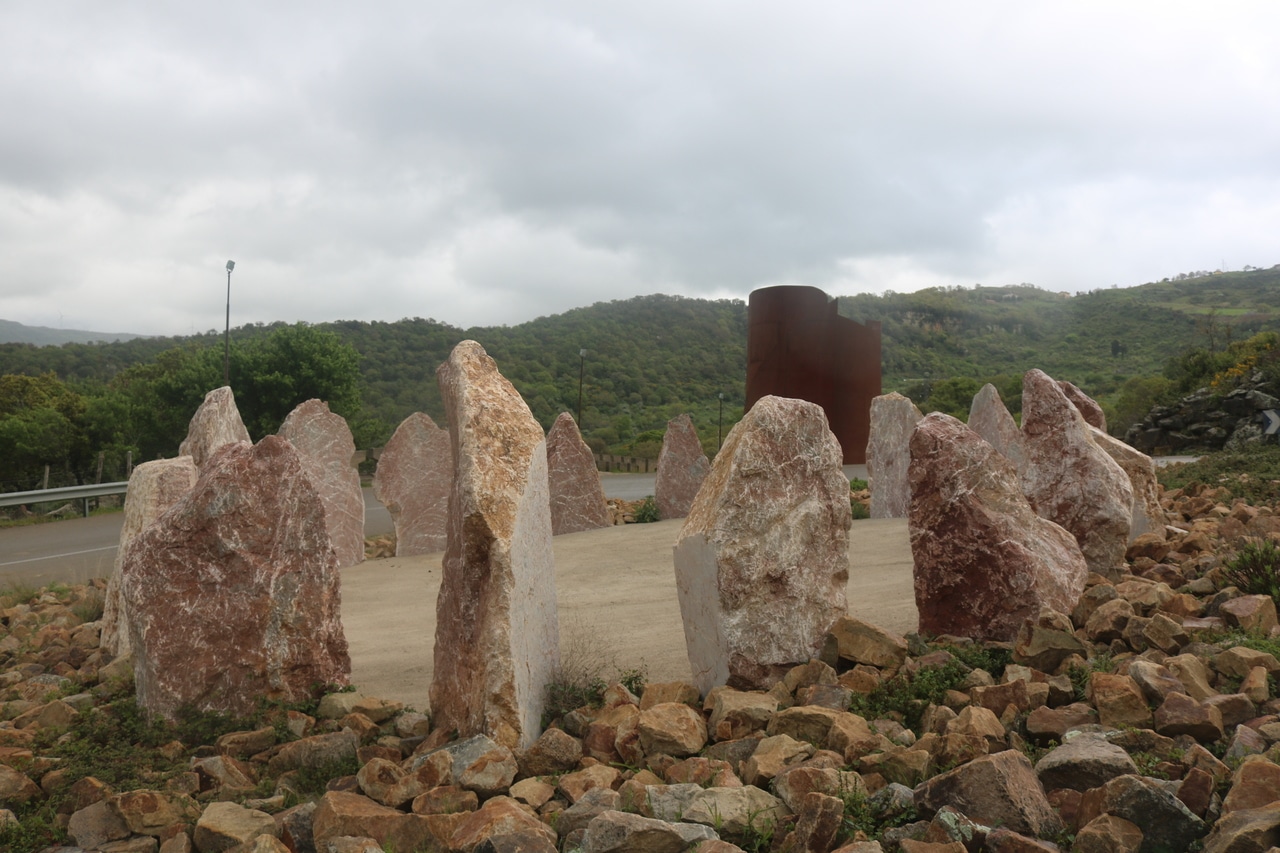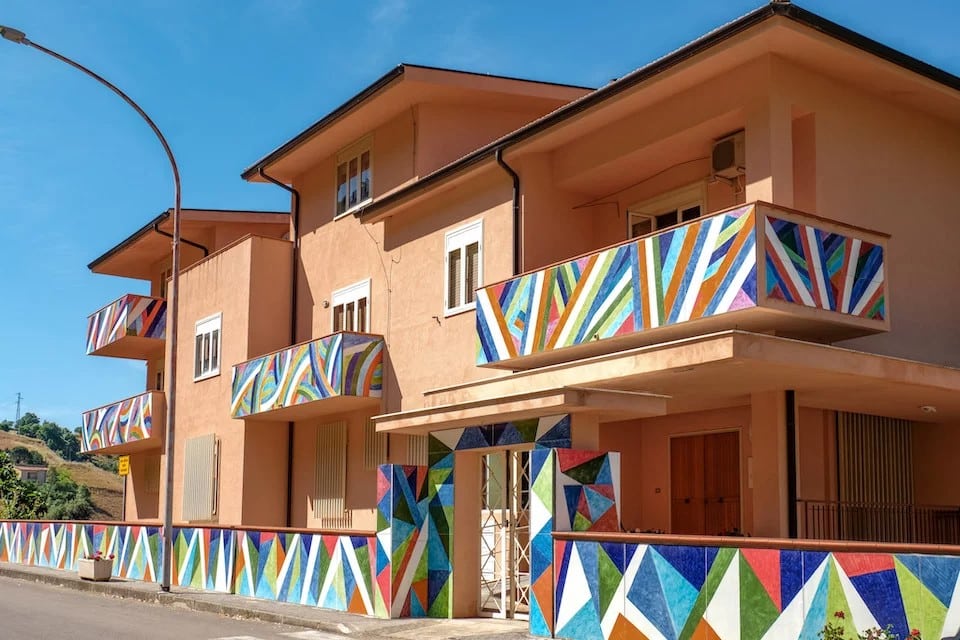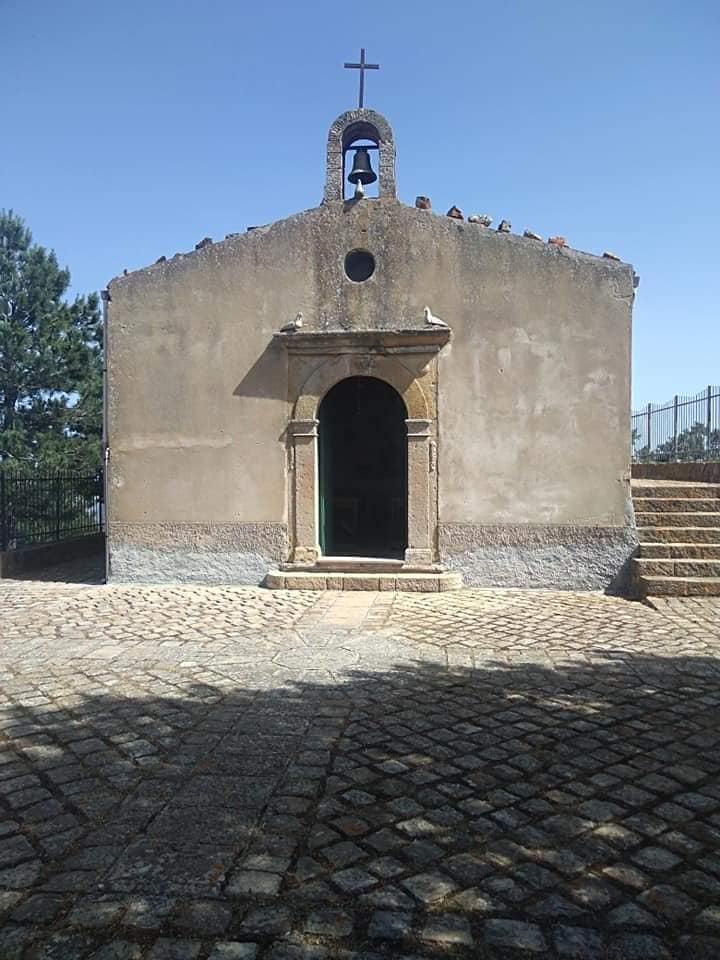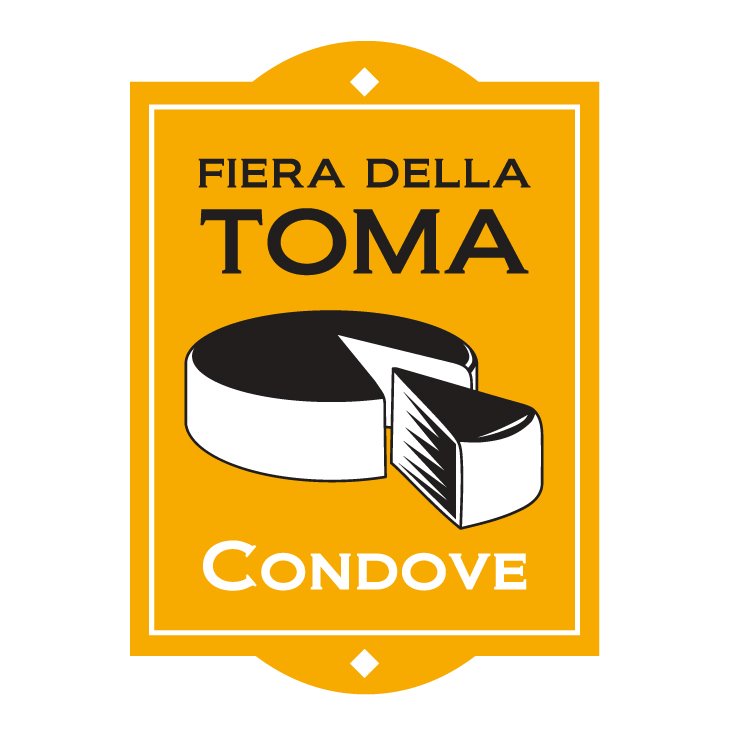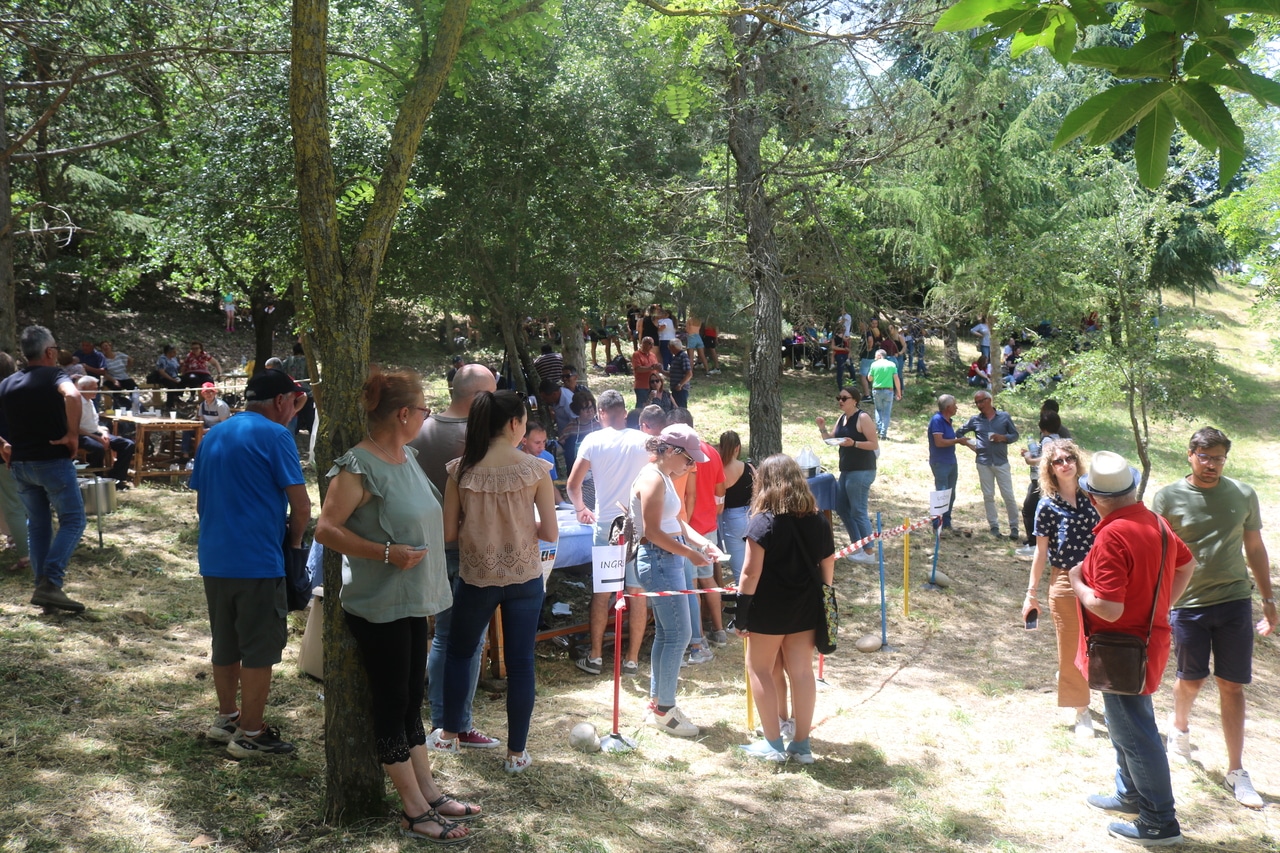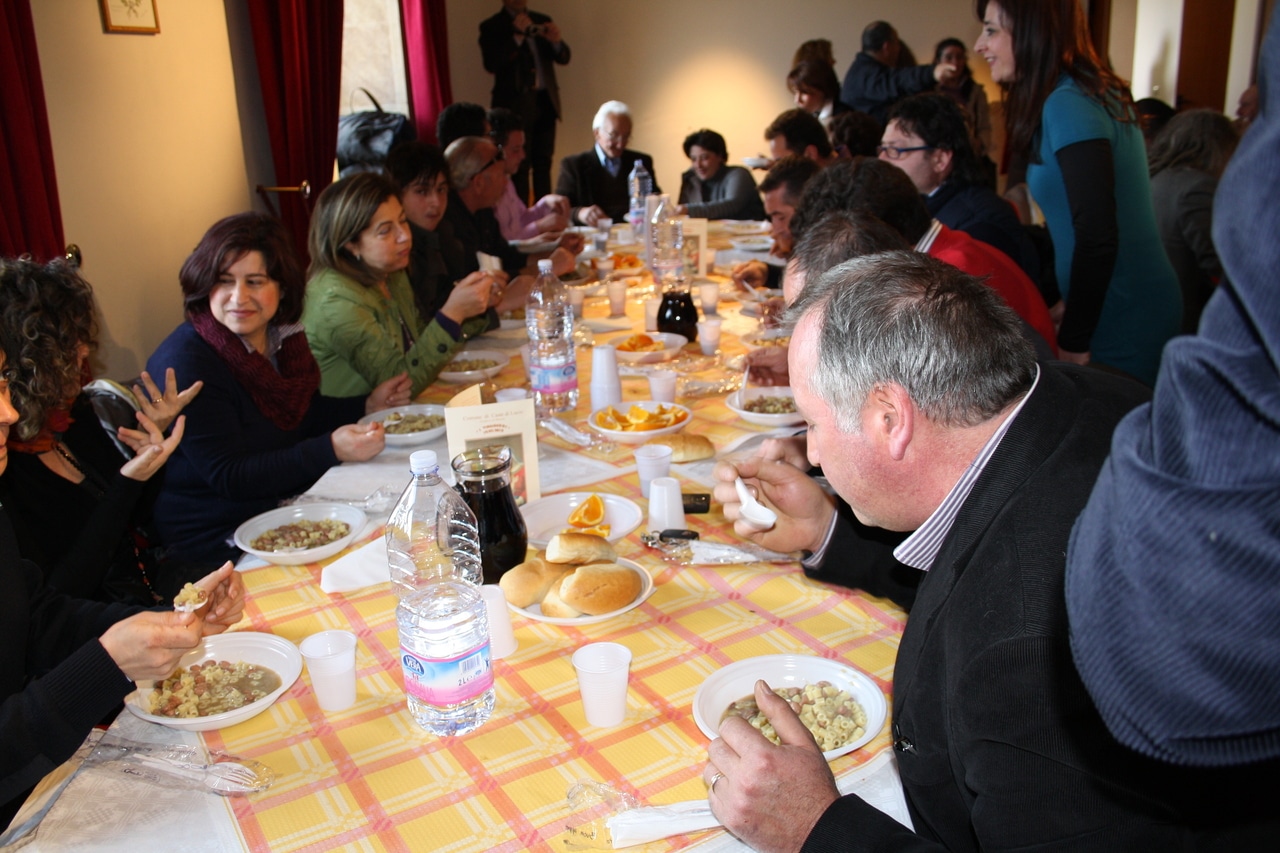In the village it is still possible to come across extraordinary stone portals, ancient evidence of the presence in the past of great stonemasons who carried out prestigious inlay work on wood and stone. This ancient town is another Sicilian place that immediately steals the eye for its significant historical, artistic and cultural implications. Also very interesting are the traditions and the special local cuisine, with its many delicious and genuine products.
The Castle and the Fiumara d'Arte
An icon of the village of Castel di Lucio is the Castle of Norman origins, built as far back as the 13th century by the Ventimiglia family. A fortification originally protected by a wall and with two cylindrical towers on the most vulnerable side. A few centuries later, again at the behest of the Ventimiglia family, a chapel was built inside. Precisely under the rule of the Ventimiglias, the ancient village of Messina took on considerable importance because of its strategic position controlling the valley of the Tusa River. Today only a few ruins remain of the old castle, which dominate the town and include a circular tower.
Along the streets of Castel di Lucio one also encounters a new and innovative work such as the Fiumara d'Arte, a striking outdoor museum of works created by various contemporary artists at the behest of patron Antonio Presti. A singular sculpture park whose main objective is to enhance the town through contemporary works of art. Fantastic works scattered both along the built-up area such as the Arethusa mural created on the facade of the Carabinieri Barracks and along the hillside area as evidenced by Italo Lanfredini's Labyrinth of Ariadne.
Fiumara d'Arte is a high-profile twentieth-century artistic creation, an outdoor jewel all to be discovered, photographed, and told to friends and family.
The churches of Castel di Lucio
In the main square of Castel di Lucio is the Mother Church, dedicated to Our Lady of Grace. Built in the 17th century, the church's interior houses a precious stone ciborium, a chapel dedicated to St. Placidus, the village's patron saint, and some beautiful works by Nicolò Campo, a local wood artist. Not far away, on Convent Street, it is possible to visit the Church of Santa Maria del Soccorso. This is an ancient church with interesting works of art, including a beautiful statue of Our Lady of Succor and a valuable canvas depicting the Ascension of St. Francis.
Another church in the village of Messina not to be missed is that of Santa Lucia. Here the Oratory of the Blessed Sacrament, featuring a dome decorated with frescoes and a statue depicting the martyr from Syracuse, are worth admiring. The oldest church in Castel di Lucio, however, is the Church of St. Anthony of Padua, built in the 14th century at the behest of a noble family in the village. In Castel di Lucio, the religious itinerary is articulated and of considerable interest, ennobled by a series of ancient churches not to be missed.
Events not to be missed in Castel di Lucio
The events organized along the streets of Castel di Lucio are many and impressive. In the Carnival period the costume parade is staged, a cheerful event involving adults, young people and children.
In Easter week the Friday procession is the main protagonist, with the 16th-century statue of Ecce Homo carried along the village streets to the Mother Church.
In June there is the Sagra delle Fave, where you can taste one of the local specialties and listen to lots of great music.
The Night of Ancient Flavors, on the other hand, characterizes the month of August in Castel di Lucio, another opportunity to visit the picturesque village and try some of the local delicacies: genuine and fresh ricotta, cheeses, sausages, and "tabisca" with oregano and oil are unique temptations for every palate.
August is also the month of the Feast of San Placido, the patron saint of the village. Finally, at Christmas, in the vicinity of the castle, among the old houses, stealing the show is the Living Crib with a religious reproduction of the nativity. The many events organized in Castel di Lucio are another great opportunity to get to know the charming and intriguing village all year round.
Local gastronomic delicacies and handicrafts
Sausages, cheeses, Nebrodi provola cheese, meats, wines and sweet delicacies are just some of the specialties of the Messina village. Fresh and genuine specialties that you absolutely must try before you leave Castel di Lucio. Here expert master cheesemakers work one of Sicily's typical cheeses to perfection: tuma. Experienced masters in the village become true artists to mold graceful shapes of doves and seahorses.
For a few years then the Nebrodi provola cheese has been recognized as a DOP product by the European Union. In this regard, with a specific specification the processing and origin of the special provola is identified. Today in the village there are a number of companies specializing in the production of dairy products, which are distributed daily in the sector market. An essential vehicle for the economy of Castel di Lucio and a unique pleasure for all those who have the opportunity to try these exceptional gastronomic products.
The typical products of the local artisan, on the other hand, are handicrafts, wooden textiles and embroidery. In the past, ironwork, the production of stone tiles and bricks, weaving, using old looms, and the production of animal hides, as evidenced by the contrada Conceria, were particularly practiced in Castel di Lucio.


